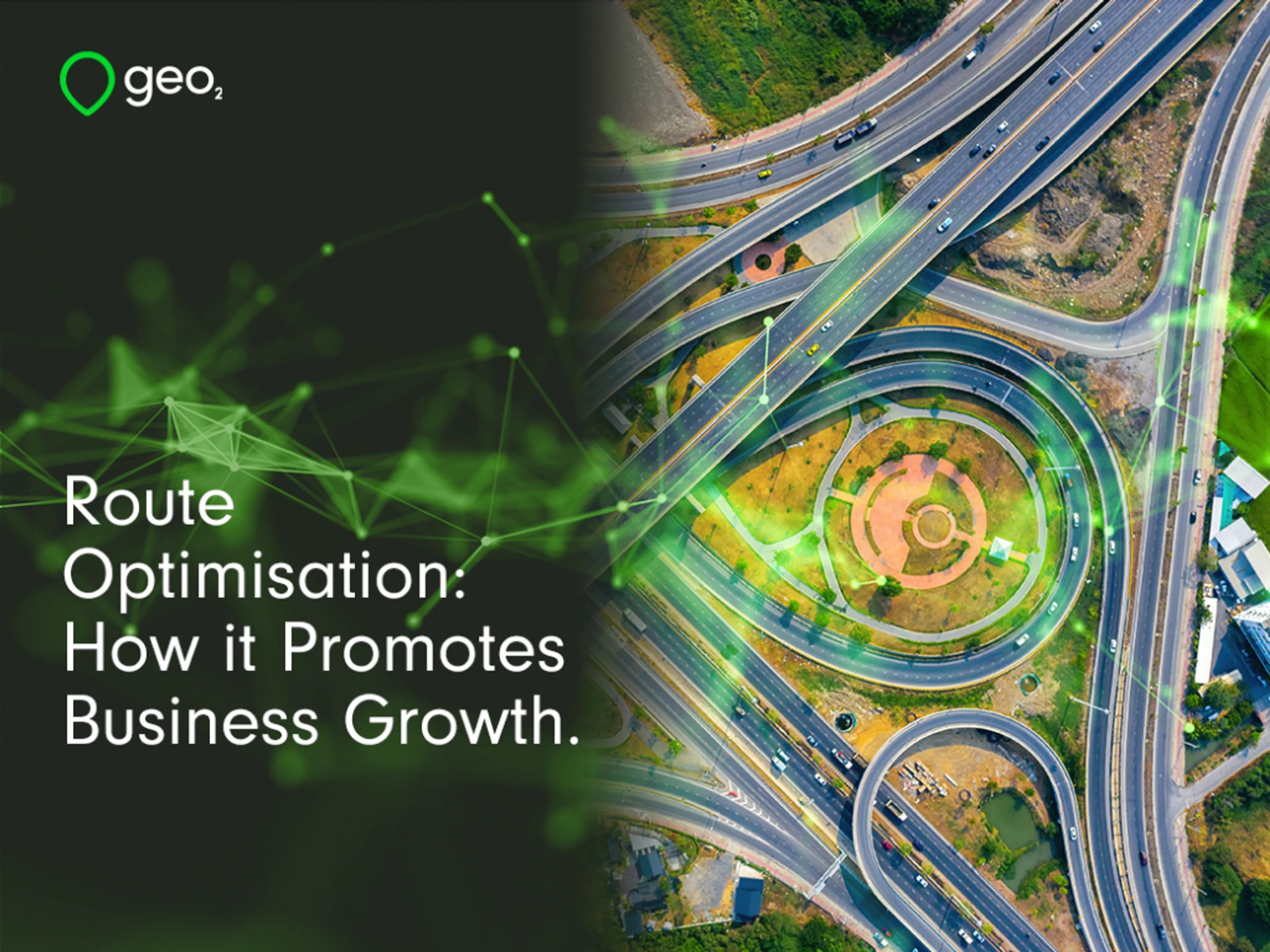What is Efficiency in Route Optimisation?
Cost efficiency is about getting the best possible return on every pound you spend. But there are many challenges in logistics – especially when it comes to last-mile delivery – that can send costs soaring. Using route optimisation can help distributors to get a grip on their costs.
Route optimisation is the process of determining the most cost-efficient routes for deliveries, considering various factors, like distance, traffic conditions and delivery windows. Transport management software with route optimisation functionality uses advanced algorithms to analyse and process vast amounts of data, then present an optimised route plan that saves time and reduces costs.
By routing your deliveries in the best way, you can achieve better cost efficiency and reduce your transportation costs across a number of areas.
Reduced Fuel Costs.
Route optimisation helps your delivery drivers take the shortest and fastest routes to their destinations. Shortening driving times obviously reduces fuel consumption. Since fuel expenditure makes up a significant part of your operating costs, reducing this can bring significant savings.
Say you have ten vans, each driving 200 miles a day, getting 30 miles to the gallon and you’re paying £1.44 per litre of fuel (the average cost of unleaded petrol as at 1st July 2023). Your daily fuel bill is £430.66, which comes to more than £103,000 a year. For every 1% you save in fuel consumption, you save more than £1,000 a year.
Using route optimisation, your drivers use the most cost-efficient route for every delivery they make. They don’t sit in traffic more than they need to and can navigate around accidents or road diversions without it impacting their overall speed.
Lower Fleet Costs.
The fewer miles your vehicles travel, the less wear and tear they are subject to. By optimising routes, you can decrease the mileage across your fleet, therefore reducing maintenance costs and increasing the lifespan of the vehicles.
You may also need fewer vehicles on the road, which means you will be lowering your leasing or ownership costs, along with the associated insurance, tax, MOT and maintenance costs for them.
Improved Productivity Lowers Labour Costs.
Route optimisation means fewer hours spent on the road, which means drivers can get through more deliveries in a day.
This increase in productivity means you can either reduce your labour costs or you can use this greater capacity without adding additional resources.
Fewer Late Deliveries.
Using route optimisation means that you can still meet your delivery time windows regardless of the traffic conditions. This can help to minimise late deliveries, which can be costly. If you deliver late, you not only damage your reputation, but you may suffer the financial penalties. If you deliver late, you may force your customer to find their goods somewhere else, meaning your returns rate increases.
Equally, if you don’t get through your deliveries quickly enough, you may need to reschedule them, which again adds to your costs.
Lower Stock Holding Costs.
With route optimisation, your delivery lead times can be minimised. In turn, this means that your goods spend less time in the warehouse and less time in transit. So, you can minimise your stock holding, which reduces your associated costs.
You’ll spend less on warehousing the goods and less on staff to manage them. Or you can use the freed up space to extend your range and supply additional products that will boost your revenue.
Increased Revenue.
While cost-efficiency can be achieved by lowering costs, there is another side to the calculation and that comes down to bringing in more money. Your efficiency ratio is an expression of your expenses as a percentage of your revenue, so if you can increase your revenue, you improve your cost efficiency.
When you optimise routes to reduce delivery times, you achieve a higher number of on-time deliveries, so you naturally enhance customer satisfaction. By meeting your promises and delivering on schedule, and by providing excellent levels of communication, via transparent tracking and regular updates, your customers will clearly see value in your prices.
You may even be able to increase your pricing, or charge at the more premium end, rather than always chasing new business by offering the lowest prices.
Reaping the Cost-Efficiency Benefits of Route Optimisation.
Getting your goods to your customers as quickly as possible, while still ensuring cost-efficiency is a continuous balancing act. High fuel costs and rising traffic congestion only make the situation worse, adding to the relentless stream of obstacles that threaten to impact your bottom line.
Overcoming these challenges is central to driving the efficiency of your supply chain business. With a route optimisation system, it’s far more straightforward and doesn’t require time-consuming effort or meticulous manual planning.
Using a transport management system (TMS), like Geo2, that has route optimisation functionality, you can quickly and simply determine the most cost-efficient delivery routes. By reducing the distance your drivers travel, you will significantly reduce fuel consumption and vehicle maintenance costs. This increased efficiency in turn leads to faster delivery times, which improves customer satisfaction and can engender greater loyalty that brings in incremental business.
With its route optimisation features, Geo2 is an indispensable tool that can play a key role in enhancing the cost efficiency of your supply chain. Try it for free today to find out how you could accelerate your operation.
